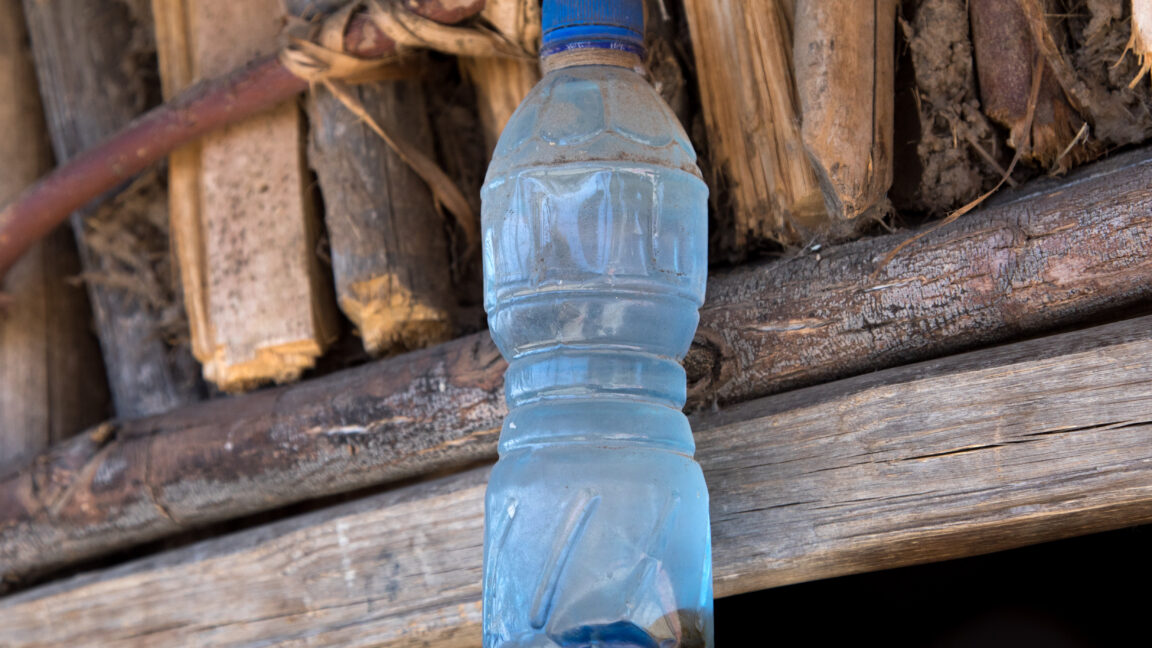INSUBCONTINENT EXCLUSIVE:
"As the infectious dose of V
contaminated and bacteria remained viable at ambient temperature during the flight and in Europe," the German and UK researchers who
authored the report wrote.Testing indicated that the cholera strain that the travelers brought home was a particularly nasty one
cholerae O1, which is linked to other recent outbreaks in Eastern and Middle Africa, is resistant to a wide variety of antibiotics, namely:
fluroquinolones, trimethoprim, chloramphenicol, aminoglycosides, beta-lactams, macrolides, and sulphonamides
The strain also carried a separate genetic element (a plasmid) that provided resistance mechanisms against streptomycin and spectinomycin,
cephalosporins, macrolides, and sulphonamides.The main treatment for cholera, which causes profuse watery diarrhea and vomiting, is oral
Antibiotics are sometimes used to reduce severity
Fortunately, this strain was still susceptible to the antibiotic tetracycline, one of the drugs of choice for cholera
However, there are reports of other cholera strains in Africa that have also acquired tetracycline resistance.In all, "The extension of a
cholera outbreak in Africa causing a cluster of infections in Europe is unusual," the authors write
Clinicians should also be aware of the potential of cholera in travelers to Ethiopia.To truly fight cholera outbreaks, though, there needs
to be sustained investment in water, sanitation, and hygiene (WASH)
Cases of cholera have surged globally after the pandemic, according to the World Health Organization."Low-income countries will continue to
need overseas development aid support to control outbreaks and epidemics using effective WASH, surveillance, communications, diagnostics and
countermeasure programmatic delivery," the authors of the Eurosurveillance report write.

